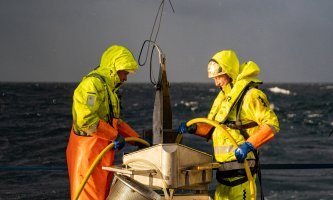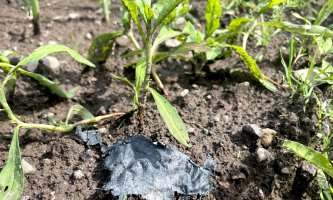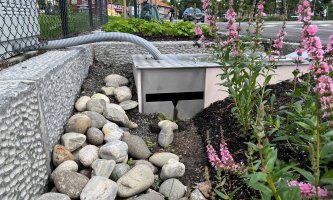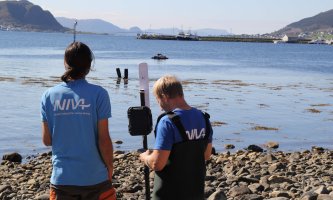
The research institute for water and the environment
- Founded
- 1958
- Employees
- 310+
- Projects per year
- 700+
Our prioritized areas of expertise
Aquatic ecology and biodiversity
Environmental impact
Climate change and solutions
Water and societal challenges
News
Featured projects
About NIVA
Our experts work on a wide range of environmental, climate and resource issues with a holistic focus on the interaction between water and the environment, nature and society. We combine research, monitoring, investigation, problem solving and consultancy, and work across disciplines.








